Iran’s national security policymaking is an opaque process involving both official branches of government and informal influence networks. The one formal body that brings most of those influencers together is the Supreme National Security Council (SNSC). Established in 1989 by Article 176 of Iran’s constitution, the Council has three responsibilities: determining national security policies, ensuring that domestic policies align with national security policies, and marshaling resources to defend Iran from external and internal threats.
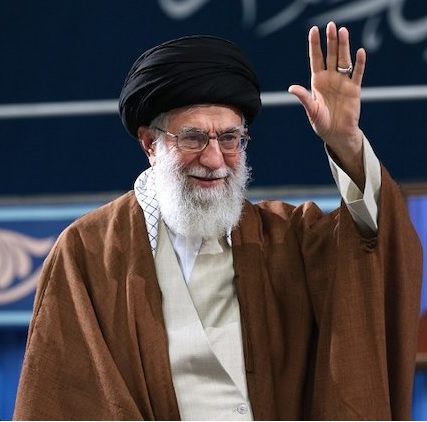
All SNSC decisions must ultimately be confirmed by the Supreme Leader, Ayatollah Ali Khamenei, but the body’s deliberations shape the policy recommendations that go to his office. Among its key foreign policy decisions, the Council was pivotal throughout the 2013-2015 negotiations with the world’s six major powers that produced the 2015 nuclear deal. On domestic policy, the SNSC demonstrated its influence in December 2017 by blocking several foreign websites and apps, including Telegram and Instagram, during nationwide protests fueled by economic grievances. In April 2018, the SNSC responded to the U.S. designation of the Islamic Revolutionary Guard Corps (IRGC) as a terrorist organization by labeling U.S. Central Command forces as terrorists and the U.S. as a “sponsor of terrorism.”
The SNSC has 12 permanent members, specified in Iran’s constitution. Ten hold military, political, or ministerial positions. The other two are representatives of the Supreme Leader; one has traditionally served as the SNSC Secretary. A 13th position can be filled by a minister relevant to a topic under debate. The President nominally presides over the Council.
The SNSC has both clerics and lay politicians from across Iran’s limited political spectrum. It has reformists, centrists, and hardliners, sometimes intentionally designed to reflect diverse trends. President Hassan Rouhani, who was the SNSC Secretary for 16 years from 1989 to 2005, is a centrist. His foreign minister, Mohammad Javad Zarif, is considered a reformer. The hardliners are represented by the IRGC commander, Major General Hossein Salami, and Ebrahim Raisi, head of the Judiciary and Rouhani’s rival for the presidency in 2017. The balance is held by conservatives with ties to both the centrist and the hardliner camps.
Ali Shamkhani, an ethnic Arab and IRGC admiral who once lived in the United States, was appointed SNSC Secretary in 2013 by President Rouhani with the approval of Supreme Leader Khamenei. The post of SNSC Secretary gives Shamkhani substantial influence over Iran’s national security policy.
The Council is a who’s who of top national security decision-makers, yet several senior officials are not included. Qassem Soleimani, the commander of the IRGC Quds Force who reportedly exercises wide discretion over Iranian policy toward Iraq and Syria, is not on the SNSC. The list below contains brief bios of the 12 permanent SNSC members. Profiles of three additional officials who have substantial influence over national security policy but are not permanent SNSC members are included at the end.
SNSC Secretary and Supreme Leader’s Representative –
Rear Admiral (Upper Half) Ali Shamkhani

• Appointed SNSC Secretary in 2013 by President Rouhani
• Military advisor to the Supreme Leader
• Defense Minister from 1997 to 2005
• Commander of IRGC Navy and Regular Army Naval Forces (concurrently) from 1989 to 1997
• Revolutionary Guards Minister from 1988 to 1989 (post discontinued in 1989)
• Held senior commands in the IRGC ground forces during the Iran-Iraq War (1980-1988)
• Ethnically Arab
• Lived in Los Angeles during the mid-1970s
President – Hassan Rouhani

• Elected President in national elections in 2013; re-elected in 2017
• Secretary of the SNSC from 1989 to 2005
• First appointed by the Supreme Leader to the Expediency Council (a body that resolves constitutional disputes between the Parliament and the Guardian Council) in 1991
• Elected member of the Assembly of Experts (a body of clerics charged with electing the Supreme Leader) in 1999, 2007, and 2016
• Deputy Speaker of Parliament during the 1990s
• Holds the mid-level clerical rank of Hojjatoleslam
• Earned a Ph.D. in Constitutional Law at Scotland’s Glasgow Caledonian University in 1999
Speaker of Parliament – Mohammed Baqer Qalibaf
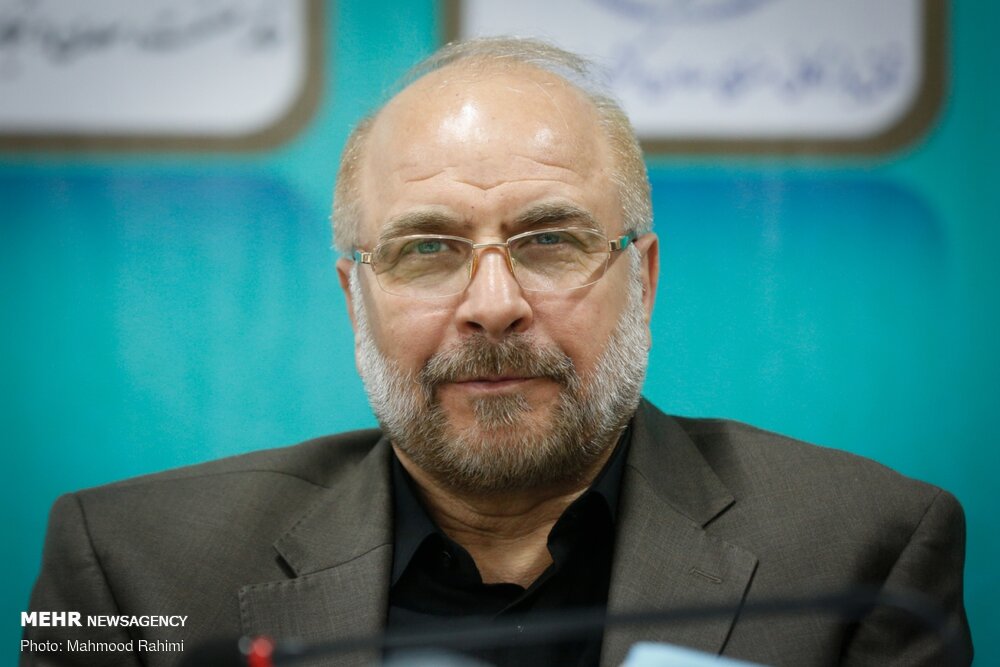
- First elected Speaker of Parliament in 2020; ran for parliament as the leader of the conservative faction
- Mayor of Tehran from 2005 to 2017
- National police chief from 2000 to 2005
- Commander of the Revolutionary Guards Air Force from 1996 to 1999
- Quickly moved up the ranks during the 1980-1988 Iran-Iraq war to become a division commander
- Ran unsuccessfully for president three times: in 2005, 2013, and 2017
Foreign Minister – Mohammad Javad Zarif

• Appointed Foreign Minister in 2013 by President Rouhani
• Ambassador to the United Nations from 2002 to 2007
• Held positions on the Iranian U.N. delegation starting in 1982
• Lived in the United States for over a decade in the 1970s and 80s
• Earned a B.A. (1981) and M.A. (1982) in International Relations from San Francisco State University
• Earned an M.A. in International Relations (1984) and a Ph.D. in International Law and Policy (1988) from the University of Denver
Head of the Judiciary – Ebrahim Raisi
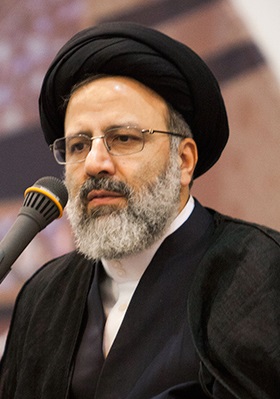
• Appointed head of the Judiciary, an independent branch of government, in March 2019 by Supreme Leader Khamenei
• Elected Deputy Chairman of the Assembly of Experts in March 2019 by an internal vote
• Ran unsuccessfully for president in 2017
• Appointed in 2016 by Supreme Leader Khamenei to oversee Astan Quds Razavi, a charitable foundation reportedly worth billions of dollars that is responsible for maintaining the shrine of Imam Reza in Mashhad, the most holy site in Iran for Shiite Muslims
• Attorney General of Iran from 2014 to 2016
• Deputy Judiciary Head from 2004 to 2014
• Head of the General Inspection Office, a government oversight body, from 1994 to 2004
• Tehran Prosecutor General from 1989 to 1994
• Member of a so-called “death commission” that reportedly ordered extrajudicial executions of thousands of political prisoners in 1988
• Holds the clerical rank of Hojjatoleslam, but has referred to himself as an Ayatollah on multiple occasions
• A potential successor to Supreme Leader Khamenei
Supreme Leader’s Representative – Saeed Jalili
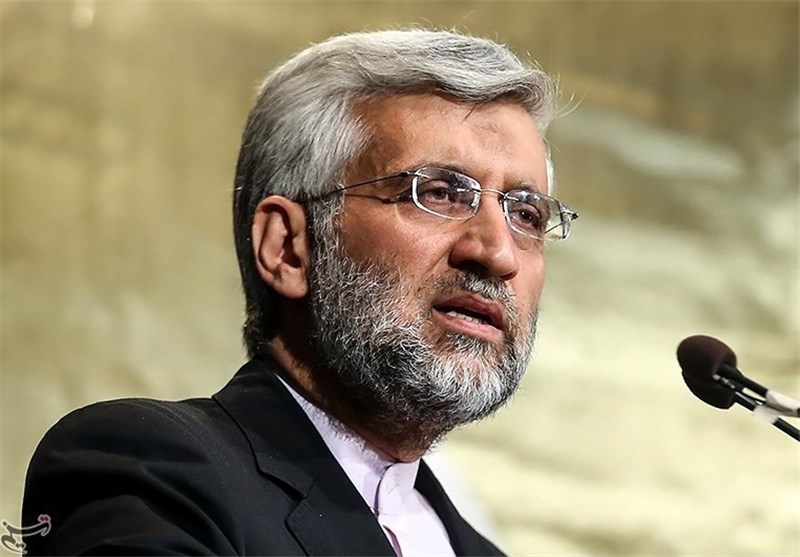
• Accountable to Supreme Leader Khamenei
• Appointed by Supreme Leader Khamenei to the Expediency Council in 2013
• Ran unsuccessfully for president in 2013
• SNSC Secretary from 2007 to 2013 (appointed by President Mahmoud Ahmadinejad)
• Chief Nuclear Negotiator from 2007 to 2013
• Deputy Foreign Minister from 2005 to 2007
• Advisor to President Ahmadinejad from 2005 to 2007
• Chief of staff to the Supreme Leader from 2001 to 2005
• Iran-Iraq War veteran; lost part of his leg while fighting in the Basij
Chief of Staff of the Armed Forces General Staff –
Major General Mohammad Hossein Baqeri
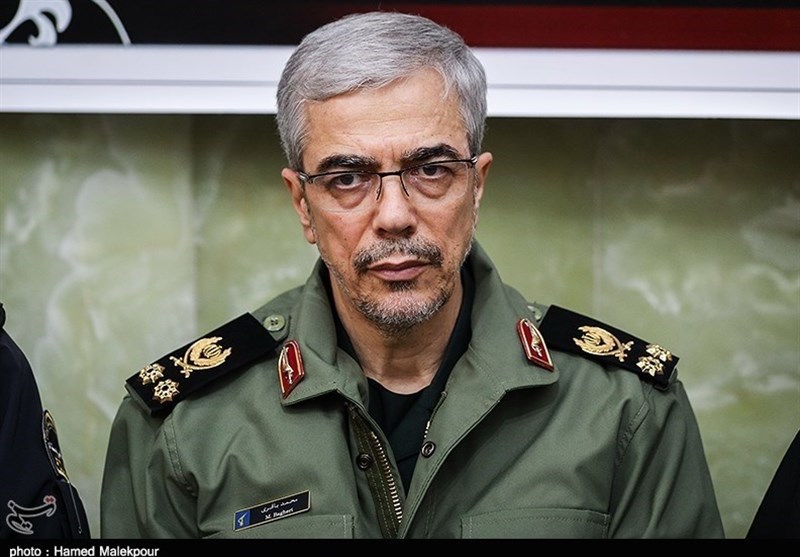
• Appointed Armed Forces Chief of Staff in 2016 by Supreme Leader Khamenei
• Career IRGC intelligence officer
• Previously served on the General Staff as Deputy Chief of Staff for Intelligence
• Iran-Iraq War veteran; his older brother, Hassan Baqeri, was a famous IRGC commander who died in the war
• Participated in the 1979 U.S. Embassy seizure while an engineering student
IRGC Commander – Major General Hossein Salami
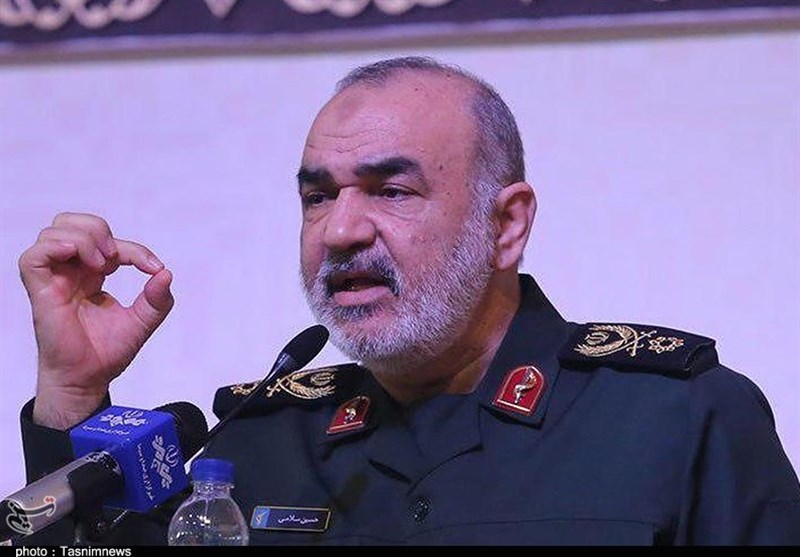
• Appointed IRGC Commander in April 2019 by Supreme Leader Khamenei
• Career IRGC officer
• Deputy IRGC Commander from 2009 to 2019
• IRGC Air Force Commander (responsible for Iran’s missile program) from 2006 to 2009
• Iran-Iraq War veteran
Regular Army Commander – Major General Seyyed Abdolrahim Mousavi
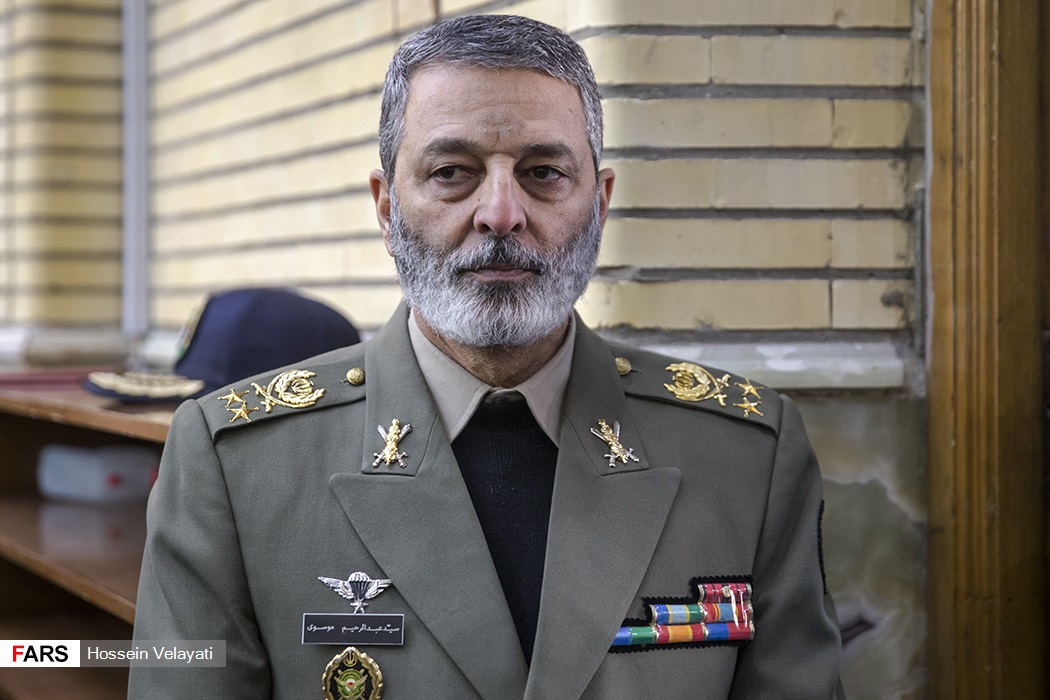
- Appointed Regular Army (Artesh) Commander in 2017 by Supreme Leader Khamenei
- Career Regular Army officer
- Deputy Chief of Staff on the Armed Forces General Staff from 2016 to 2017
- Deputy Commander of the Regular Army from 2008 to 2016
- Iran-Iraq War veteran
Interior Minister – Abdolreza Rahmani Fazli
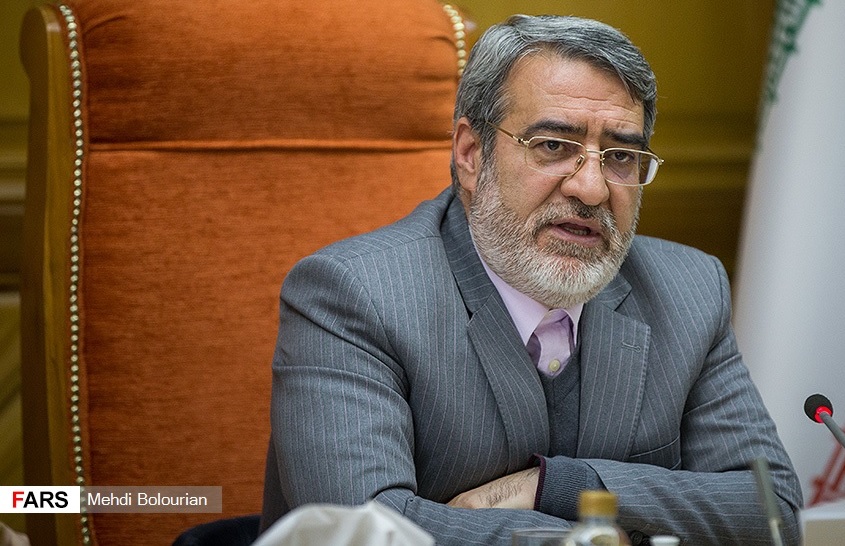
• Appointed Interior Minister in 2013 by President Rouhani
• Head of the Supreme Audit Court, a supervisory body for government spending, from 2008 to 2013
• Deputy to SNSC Secretary Ali Larijani from 2005 to 2007
• Held various senior positions in Islamic Republic of Iran Broadcasting (IRIB) in the early 2000s, when Ali Larijani was the IRIB head
• Member of Parliament from 1992 to 1996
Intelligence Minister – Mahmoud Alavi

• Appointed Intelligence Minister in 2013 by President Rouhani
• Elected to the Assembly of Experts in national elections in 2009
• Head of the Regular Army’s Ideological-Political Organization from 2000 to 2009
• Member of Parliament from 1992 to 2000 and from 1981 to 1988; disqualified by the Guardian Council when he attempted to run for Parliament again in 2012
• Close to former IRGC Commander Mohsen Rezaei
• Holds the clerical rank of Hojjatoleslam
Director of Planning and Budget Organization – Mohammad Baqer Nobakht

• Appointed Director of the Planning and Budget Organization’s predecessor organization in 2013 by President Rouhani (the office has changed names twice since 2013)
• Appointed one of the several Vice Presidents of Iran in 2013 by President Rouhani
• Government spokesperson from 2013 to 2018
• Secretary General of President Rouhani’s Moderation and Development Party
• Member of Parliament from 1988 to 2004
Other Influential Foreign Policy Officials Not on the SNSC:
Ali Akbar Velayati – Advisor to the Supreme Leader

• Senior foreign affairs advisor to the Supreme Leader starting in 1997
• First appointed to the Expediency Council in 1997
• Member of the Supreme Council of the Cultural Revolution, a body that issues legally-binding decisions on cultural affairs, starting in 1989
• Ran unsuccessfully for president in 2005 and 2013
• Foreign Minister from 1981 to 1997 (appointed by then-President Ali Khamenei; continued to serve under President Akbar Hashemi Rafsanjani)
• Physician who studied infectious diseases during a fellowship at Johns Hopkins University in the late 1960s
• Reported to be a close confidant of Supreme Leader Khamenei
Ali Akbar Salehi – Director of the Atomic Energy Organization of Iran

• Director of Atomic Energy Organization from 2009 to 2011 (appointed by then-President Mahmoud Ahmadinejad) and from 2013 to present (appointed by President Rouhani)
• Foreign Minister from 2011 to 2013
• Iran’s Permanent Representative to the International Atomic Energy Agency from 1997 to 2005
• Earned a PhD in Nuclear Engineering from the Massachusetts Institute of Technology in 1977
Brigadier General Esmail Ghaani – Commander of the IRGC Qods Force
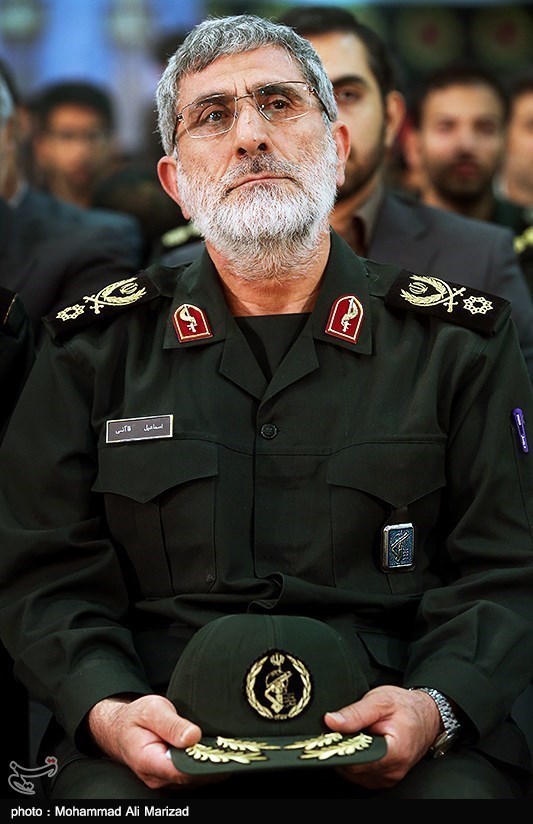
- Appointed Qods Force Commander in 2020 after the death of Qassem Soleimani
- Served as deputy Qods Force Commander since 1997 with responsibility over Iran's eastern border
- Jointed the IRGC in 1988
- Iran-Iraq war veteran, decorated for his service
- Had a leading role in:
- Recruiting Afghan Shiites to fight in Syria since 2013
- Coordinating support for the Northern Alliance from 1998 to 2001
- Overseeing payment to Iran's proxies, including Hezbollah
John Caves, a research assistant at the U.S. Institute of Peace, contributed to this report.
